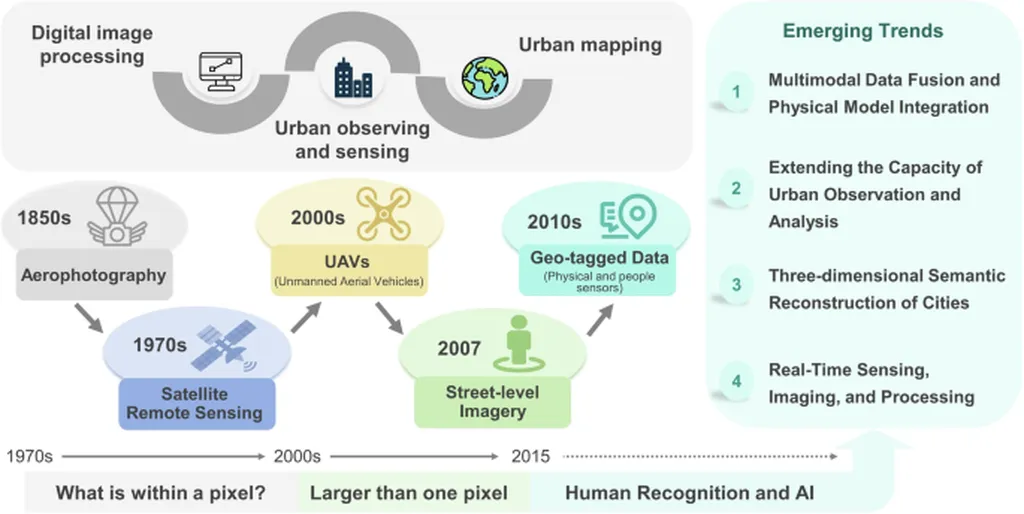In the ever-evolving landscape of geodesy and surveying, a groundbreaking review article has emerged, bridging the gap between artificial intelligence and practical engineering solutions. Published in the journal *Computer Assisted Methods in Engineering and Science* (translated from Polish as *Komputerowe Metody Inżynieryjne i Nauki*), the research led by Maria Mrówczyńska of the University of Zielona Góra, explores the transformative potential of neural networks and neuro-fuzzy systems in solving complex geodesy problems.
Mrówczyńska and her team delved into the possibilities of applying artificial neural networks (ANNs) and neuro-fuzzy systems to tackle specific challenges in engineering geodesy. Their focus areas included constructing numerical terrain models, transforming coordinate systems from the “1965” system to the “2000” system, and predicting time series based on GPS measurements. These tasks are critical for industries that rely on precise geospatial data, particularly the energy sector, where accurate mapping and forecasting are essential for infrastructure development and maintenance.
The research highlights the adaptability and efficiency of these AI-driven tools in handling large datasets and complex calculations. “Neural networks and neuro-fuzzy systems offer a robust framework for solving problems that were previously time-consuming and resource-intensive,” Mrówczyńska explained. “Their ability to learn from data and adapt to new information makes them invaluable for modern geodesy tasks.”
One of the most compelling applications discussed in the article is the transformation of coordinate systems. This process is crucial for updating and integrating geospatial data across different regions and time periods. The energy sector, in particular, benefits from accurate coordinate transformations for pipeline routing, renewable energy site selection, and grid infrastructure planning.
The review also underscores the potential of these systems in predicting time series from GPS measurements. This capability is vital for monitoring ground movements, which can impact the stability of energy infrastructure such as power plants and transmission lines. By leveraging AI, energy companies can proactively address potential risks and optimize their operations.
The article’s comprehensive analysis of papers published between 2005 and 2010 provides a solid foundation for future research and practical applications. As the energy sector continues to evolve, the integration of AI technologies in geodesy will play a pivotal role in enhancing precision, efficiency, and sustainability.
Mrówczyńska’s work not only sheds light on the current state of AI in geodesy but also paves the way for future innovations. “The potential for these technologies is vast,” she noted. “As we continue to refine and expand their applications, we can expect even greater advancements in the field of geodesy and beyond.”
In conclusion, the research published in *Computer Assisted Methods in Engineering and Science* offers a compelling glimpse into the future of geodesy, where AI-driven tools are set to revolutionize the way we map, measure, and manage our world. For the energy sector, this means more accurate data, improved infrastructure planning, and enhanced operational efficiency—all critical components for a sustainable and resilient energy future.

